Home>Technology>Smart Home Devices>How To Make USB Printer Wireless
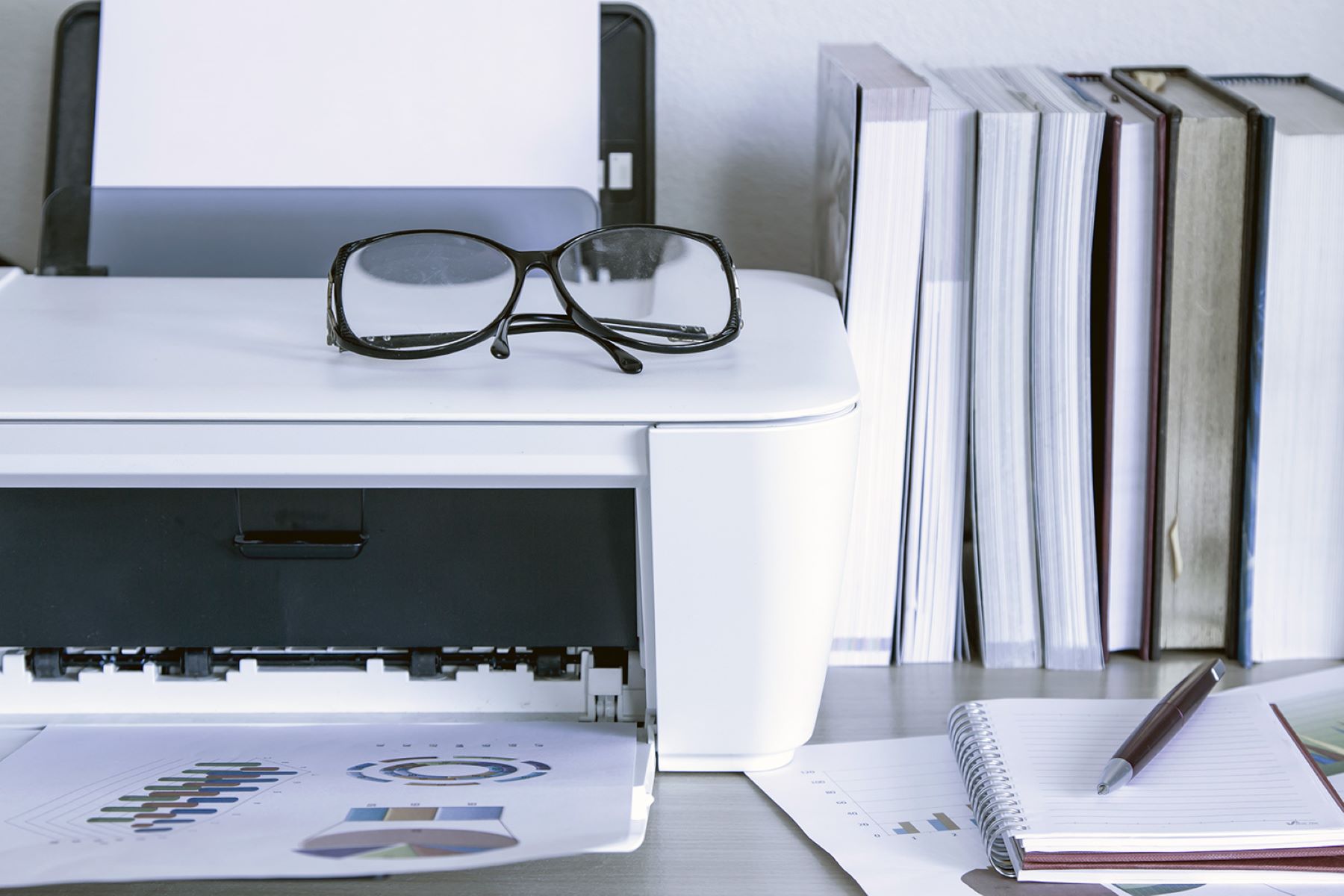

Smart Home Devices
How To Make USB Printer Wireless
Modified: January 9, 2024
Learn how to make your USB printer wireless with smart home devices. Easily connect and print from any device in your home.
(Many of the links in this article redirect to a specific reviewed product. Your purchase of these products through affiliate links helps to generate commission for Storables.com, at no extra cost. Learn more)
Introduction
Are you tired of being tethered to your printer by a USB cable? Have you ever wished for the convenience of wirelessly printing from any device in your home or office? Well, you're in luck! In this comprehensive guide, we'll walk you through the process of transforming your traditional USB printer into a wireless powerhouse. Say goodbye to cable clutter and hello to the freedom of wireless printing.
In today's fast-paced world, the need for flexibility and convenience is paramount. With the increasing prevalence of smart home devices and the growing demand for seamless connectivity, making your USB printer wireless is a logical step towards modernizing your printing setup. Whether you're working from a desktop, laptop, tablet, or smartphone, the ability to print wirelessly offers unparalleled convenience and versatility.
By the end of this guide, you'll have a clear understanding of the fundamental principles behind wireless printing and the step-by-step instructions to make it a reality for your USB printer. From setting up the necessary hardware to configuring the wireless connection and troubleshooting common issues, we've got you covered. So, let's dive in and unlock the potential of your USB printer by embracing the wireless revolution!
Key Takeaways:
- Transforming your USB printer into a wireless powerhouse is a game-changer, offering unparalleled convenience and flexibility for printing from any device in your home or office. Embrace the wireless revolution and say goodbye to cable clutter!
- By following the step-by-step process of setting up, configuring, and testing your wireless printer, you can seamlessly integrate it into your network and enjoy the freedom of wirelessly printing from laptops, desktops, tablets, and smartphones.
Read more: How To Make A Printer Wireless
Understanding the Basics
Before we delve into the process of making your USB printer wireless, it's essential to grasp the underlying concepts of wireless printing. At its core, wireless printing enables you to send print jobs to a printer without the need for physical cables, allowing for greater flexibility and accessibility.
Wireless printing relies on a network connection to transmit print data from your device to the printer. This can be achieved through Wi-Fi, Bluetooth, or other wireless technologies. When converting a USB printer to wireless, the traditional direct connection via USB is replaced with a wireless connection, enabling multiple devices to print to the same printer without the constraints of physical proximity.
One of the key components in enabling wireless printing for a USB printer is a wireless print server. This device acts as an intermediary between the printer and the wireless network, facilitating communication between the two. By integrating a wireless print server into your setup, you can effectively transform your USB printer into a wireless-enabled device, ready to receive print commands from various devices on the network.
It's important to note that not all printers are initially designed for wireless printing. Older USB printers, in particular, may lack built-in wireless capabilities. However, with the right approach and the appropriate hardware, you can bridge this technological gap and bring wireless printing functionality to your existing USB printer.
Now that we've laid the groundwork for wireless printing, let's proceed to the next steps, where we'll explore the process of setting up and configuring your USB printer to operate wirelessly. By understanding these foundational principles, you'll be well-equipped to embark on this transformational journey towards a more connected and efficient printing experience.
Setting Up the Wireless Printer
Before embarking on the wireless transformation of your USB printer, it’s crucial to gather the necessary components and prepare your workspace for the setup process. Here’s a step-by-step guide to help you seamlessly transition your USB printer into the wireless realm:
- Assess Your Printer: Start by identifying the make and model of your USB printer. This information will be valuable in determining the compatibility of your printer with wireless print servers and other hardware components.
- Acquire a Wireless Print Server: Invest in a wireless print server that is compatible with your USB printer. The print server serves as the bridge between your printer and the wireless network, enabling wireless communication.
- Prepare the Printer: Power off the USB printer and locate the USB port where it is currently connected to your computer. Disconnect the USB cable from the printer, as the wireless print server will take over this function.
- Connect the Print Server: Follow the manufacturer’s instructions to connect the wireless print server to your USB printer. This typically involves plugging the print server into the USB port of the printer and providing power to the print server.
- Network Integration: Connect the wireless print server to your Wi-Fi network according to the provided guidelines. This may involve entering your network’s SSID and password using the interface provided by the print server.
- Positioning: Place the wireless print server and the printer in an optimal location within your home or office to ensure reliable wireless connectivity. Avoid physical obstructions and interference from other electronic devices.
Once you’ve completed these steps, your USB printer will be primed for wireless operation. The successful setup of the wireless print server paves the way for the next phase: configuring the wireless printer to seamlessly communicate with your devices over the network. By following these initial setup procedures, you’re one step closer to enjoying the convenience and flexibility of wireless printing with your existing USB printer.
Configuring the Wireless Printer
With the hardware setup complete, it’s time to configure your USB printer to communicate wirelessly with the devices on your network. This process involves adjusting the printer settings and ensuring that it is ready to receive print jobs from various sources over the wireless connection. Here’s a detailed guide to help you configure your wireless printer:
- Access Printer Settings: Power on the printer and navigate to the control panel or display screen, depending on the model of your printer. Look for the wireless or network settings menu to initiate the configuration process.
- Wireless Setup Wizard: Many modern printers offer a wireless setup wizard that guides you through the process of connecting to your Wi-Fi network. Follow the on-screen prompts to select your network and enter the corresponding password, if required.
- IP Address Assignment: If necessary, configure the printer to obtain an IP address automatically via DHCP. Alternatively, you may assign a static IP address to the printer to ensure consistent connectivity within your network.
- Network Security: Ensure that the wireless printer’s security settings align with your network’s security protocols. This may involve enabling encryption and authentication measures to safeguard the wireless communication between devices and the printer.
- Driver Installation: Install the printer drivers on the devices from which you intend to print wirelessly. This typically involves downloading the appropriate drivers from the printer manufacturer’s website and following the installation instructions for your specific operating system.
- Test Print: Print a test page from a connected device to verify that the wireless printer is successfully configured and ready to receive print jobs. This ensures that the wireless communication is functioning as intended.
By meticulously configuring your wireless printer, you’re laying the groundwork for seamless printing experiences across your network. The successful completion of these configuration steps sets the stage for the next crucial phase: connecting the wireless printer to your network, enabling it to receive print commands from a variety of devices. With the printer settings adjusted to accommodate wireless communication, you’re well on your way to harnessing the full potential of wireless printing with your USB printer.
You can make a USB printer wireless by using a wireless print server. Connect the print server to the printer’s USB port and your wireless network, then install the necessary software on your computer to start printing wirelessly.
Connecting the Wireless Printer to the Network
Now that your USB printer is equipped with wireless capabilities and configured to communicate over the network, it’s time to integrate it into your existing Wi-Fi network. This step is essential for enabling seamless printing from multiple devices within your home or office. Here’s a comprehensive guide to help you connect your wireless printer to the network:
- Network Discovery: On the device from which you want to print, ensure that the Wi-Fi network is operational and that the printer is within the network’s range. Use the network discovery or printer setup feature on your device to locate and add the wireless printer to your list of available printers.
- Printer Selection: Once the wireless printer is discovered, select it as the designated printer for your device. This establishes the connection between the device and the printer, allowing for seamless print job transmission over the network.
- Driver Configuration: If prompted, install and configure the necessary printer drivers on your device. This step ensures that your device can effectively communicate with the wireless printer and send print jobs with the appropriate settings and preferences.
- Print Testing: Print a test document or image from your device to confirm that the wireless printer is successfully connected to the network. This test print validates the connectivity and allows you to identify and address any potential issues before regular usage.
- Additional Devices: Repeat the network discovery and printer setup process on other devices that you wish to connect to the wireless printer. This enables a seamless printing experience across multiple devices within your network.
By connecting your wireless printer to the network, you’re expanding the accessibility and utility of your printer across various devices. The successful integration of the wireless printer into your Wi-Fi network sets the stage for effortless printing from laptops, desktops, tablets, and smartphones, offering unparalleled convenience and flexibility in your printing endeavors.
With the printer now seamlessly integrated into your network, you’re one step closer to fully leveraging the benefits of wireless printing with your USB printer. The next crucial phase involves testing the wireless connection and ensuring that the printer operates flawlessly within your network environment.
Read more: How To Make A Wired Network Printer Wireless
Testing the Wireless Connection
With your wireless printer successfully connected to the network, it’s essential to conduct thorough testing to ensure that the wireless connection is robust and reliable. By validating the functionality of the wireless printer across multiple devices and scenarios, you can identify and address any potential issues, ultimately ensuring a seamless printing experience. Here’s a comprehensive approach to testing the wireless connection for your USB printer:
- Device Compatibility: Test the wireless printer from various devices within your network, including laptops, desktop computers, tablets, and smartphones. Verify that each device can successfully detect and communicate with the wireless printer.
- Print Quality: Print a variety of documents, images, and test pages to assess the print quality and ensure that the wireless connection does not compromise the output. Pay attention to details such as clarity, color accuracy, and overall print consistency.
- Wireless Range: Evaluate the wireless printer’s operational range within your home or office. Test printing from devices located at different distances from the printer to confirm that the wireless signal strength adequately covers your intended printing areas.
- Multi-Device Printing: Simultaneously send print jobs from multiple devices to the wireless printer to gauge its ability to handle concurrent printing requests. This test ensures that the printer can efficiently manage print queues and deliver consistent performance across devices.
- Network Resilience: Introduce network stress tests, such as heavy data transfers or video streaming, while conducting print jobs to assess the wireless printer’s resilience to network congestion and interference. This evaluation provides insights into the printer’s performance under varying network conditions.
By rigorously testing the wireless connection for your USB printer, you’re proactively addressing potential challenges and fine-tuning the setup to deliver optimal performance. The comprehensive evaluation of the wireless printer’s functionality across different devices, print scenarios, and network conditions ensures that you can rely on seamless and consistent printing experiences.
With the wireless connection thoroughly tested and validated, you’ve successfully confirmed the operational readiness of your USB printer in its wireless configuration. The next step involves familiarizing yourself with common troubleshooting techniques to swiftly address any unforeseen issues that may arise during regular usage.
Troubleshooting
While the transition to a wireless setup for your USB printer offers numerous benefits, it’s essential to be prepared to address potential challenges that may arise during operation. By understanding common troubleshooting techniques, you can swiftly resolve issues and maintain the seamless functionality of your wireless printer. Here’s a comprehensive guide to troubleshooting common issues with your wireless printer:
- Network Connectivity: If your wireless printer appears offline or inaccessible, verify that it is connected to the Wi-Fi network and that the network settings are accurate. Check for any network outages or changes that may affect the printer’s connectivity.
- Driver Updates: Ensure that the printer drivers on your devices are up to date. Outdated drivers can lead to compatibility issues and hinder the wireless communication between devices and the printer. Visit the printer manufacturer’s website to download the latest drivers for your specific operating system.
- Signal Interference: Address potential signal interference by relocating the wireless printer to a more optimal position within your home or office. Avoid placing the printer near electronic devices or physical obstructions that may disrupt the wireless signal.
- Printer Reset: In the event of persistent connectivity issues, consider resetting the wireless printer and the wireless print server. This can resolve temporary glitches and restore the printer’s ability to communicate effectively over the network.
- Network Configuration: Double-check the network settings on the wireless printer to ensure that it aligns with your Wi-Fi network’s specifications. Verify the SSID, password, and security protocols to guarantee seamless integration into the network.
- Quality of Service (QoS) Settings: If you encounter performance issues during concurrent printing from multiple devices, consider adjusting the QoS settings on your router to prioritize print data, ensuring consistent and timely print job delivery.
By familiarizing yourself with these troubleshooting techniques, you can effectively address common issues that may impact the performance of your wireless printer. Proactive troubleshooting not only resolves immediate concerns but also enhances your understanding of the wireless printing ecosystem, empowering you to maintain a reliable and efficient printing setup.
Armed with the knowledge and strategies to troubleshoot potential issues, you’re well-equipped to navigate the nuances of wireless printing and ensure that your USB printer seamlessly adapts to its wireless transformation. As you embark on this wireless printing journey, remember that troubleshooting is a valuable skill that empowers you to optimize the performance of your printing setup and embrace the convenience of wireless printing with confidence.
Conclusion
Congratulations on successfully transforming your USB printer into a wireless powerhouse! By embarking on this journey, you’ve embraced the modern era of printing, unlocking unparalleled convenience and flexibility in your home or office. The transition to wireless printing represents a significant leap forward, empowering you to print seamlessly from various devices without the constraints of physical connections.
Throughout this comprehensive guide, you’ve gained a deep understanding of the fundamental principles behind wireless printing and navigated the step-by-step process of making your USB printer wireless. From setting up the necessary hardware to configuring the wireless connection, connecting the printer to your network, and conducting thorough testing, you’ve meticulously orchestrated the transformation of your printing setup.
As you revel in the newfound freedom of wireless printing, remember that proactive troubleshooting and ongoing maintenance are essential for sustaining the optimal performance of your wireless printer. By familiarizing yourself with common troubleshooting techniques and staying attuned to the evolving dynamics of your network environment, you can ensure a seamless and reliable printing experience for years to come.
With your wireless printer seamlessly integrated into your home or office network, you’re poised to embrace the convenience of wirelessly printing from laptops, desktops, tablets, and smartphones, fostering enhanced productivity and versatility in your daily tasks. Whether you’re printing documents, photos, or creative projects, the wireless printing ecosystem empowers you to unleash your creativity without limitations.
As technology continues to evolve, the realm of smart home devices and wireless connectivity will undoubtedly expand, offering new opportunities to enhance your printing experiences even further. By staying informed and adaptable, you can harness the full potential of wireless printing and continue to optimize your printing setup in alignment with technological advancements.
Thank you for embarking on this transformative journey towards wireless printing with us. We hope this guide has empowered you to embrace the future of printing, fostering a seamless and efficient printing environment that aligns with the demands of modern connectivity. Here’s to a future filled with wireless printing possibilities and the boundless freedom it brings to your printing endeavors!
Frequently Asked Questions about How To Make USB Printer Wireless
Was this page helpful?
At Storables.com, we guarantee accurate and reliable information. Our content, validated by Expert Board Contributors, is crafted following stringent Editorial Policies. We're committed to providing you with well-researched, expert-backed insights for all your informational needs.
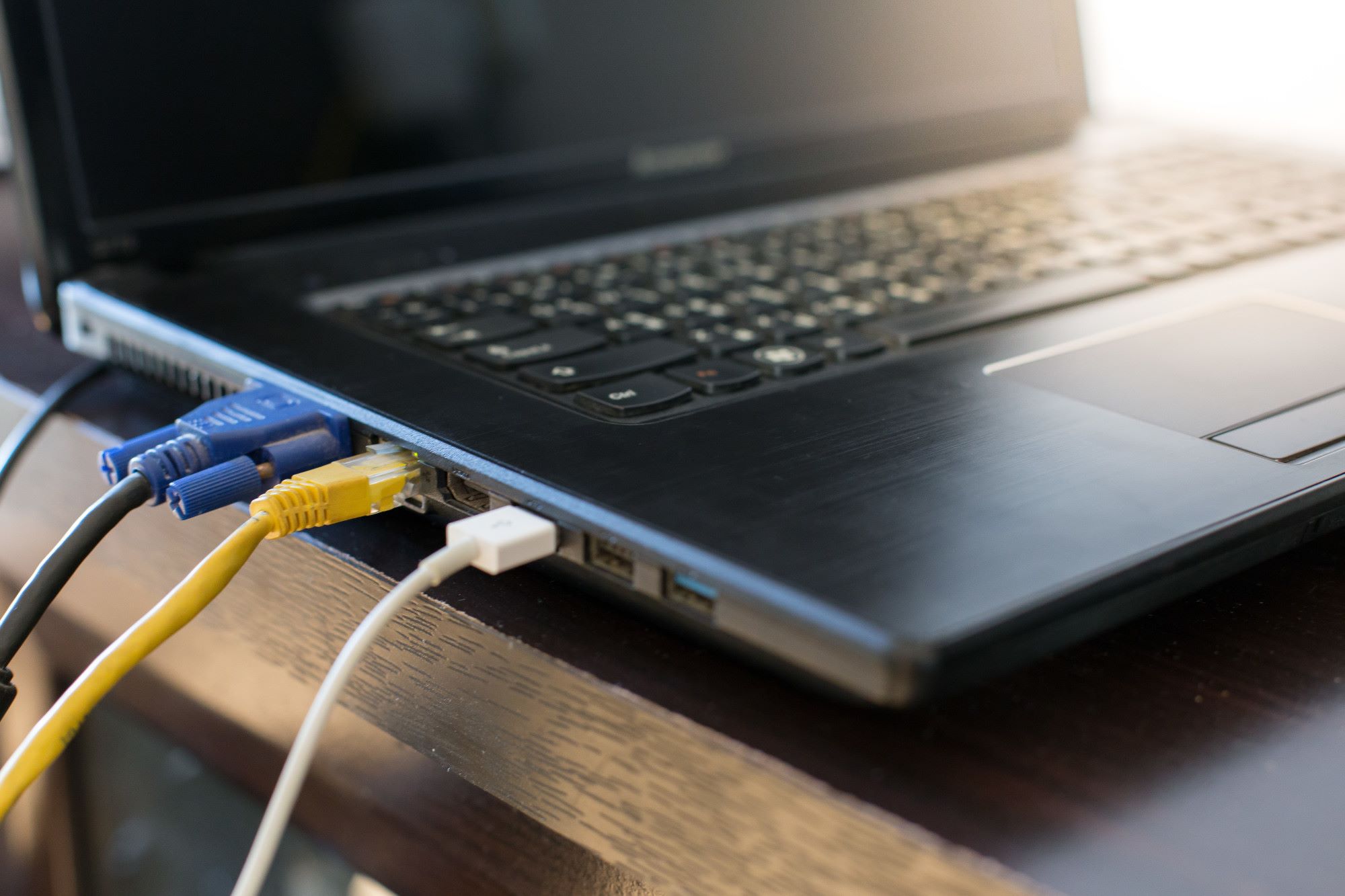
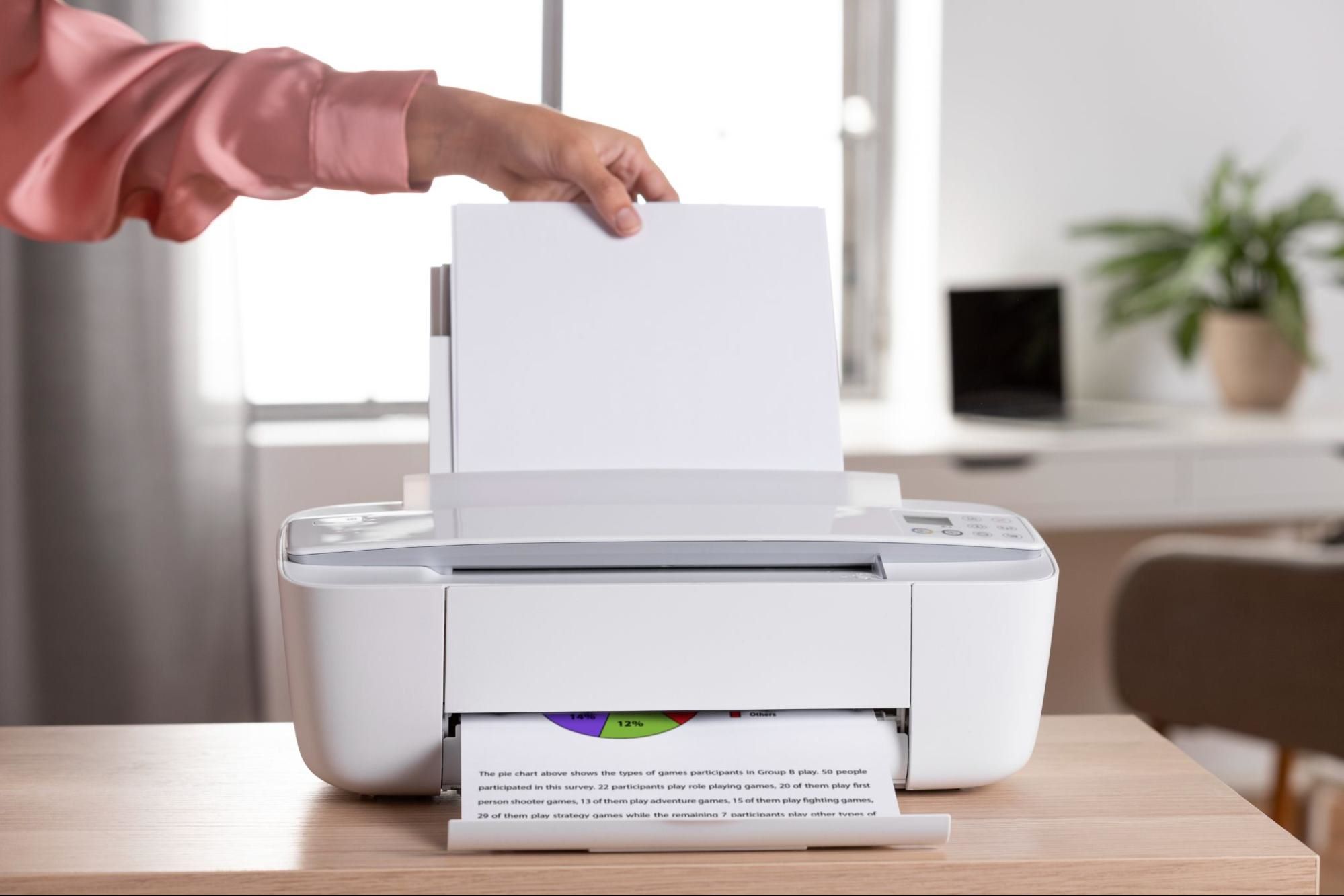

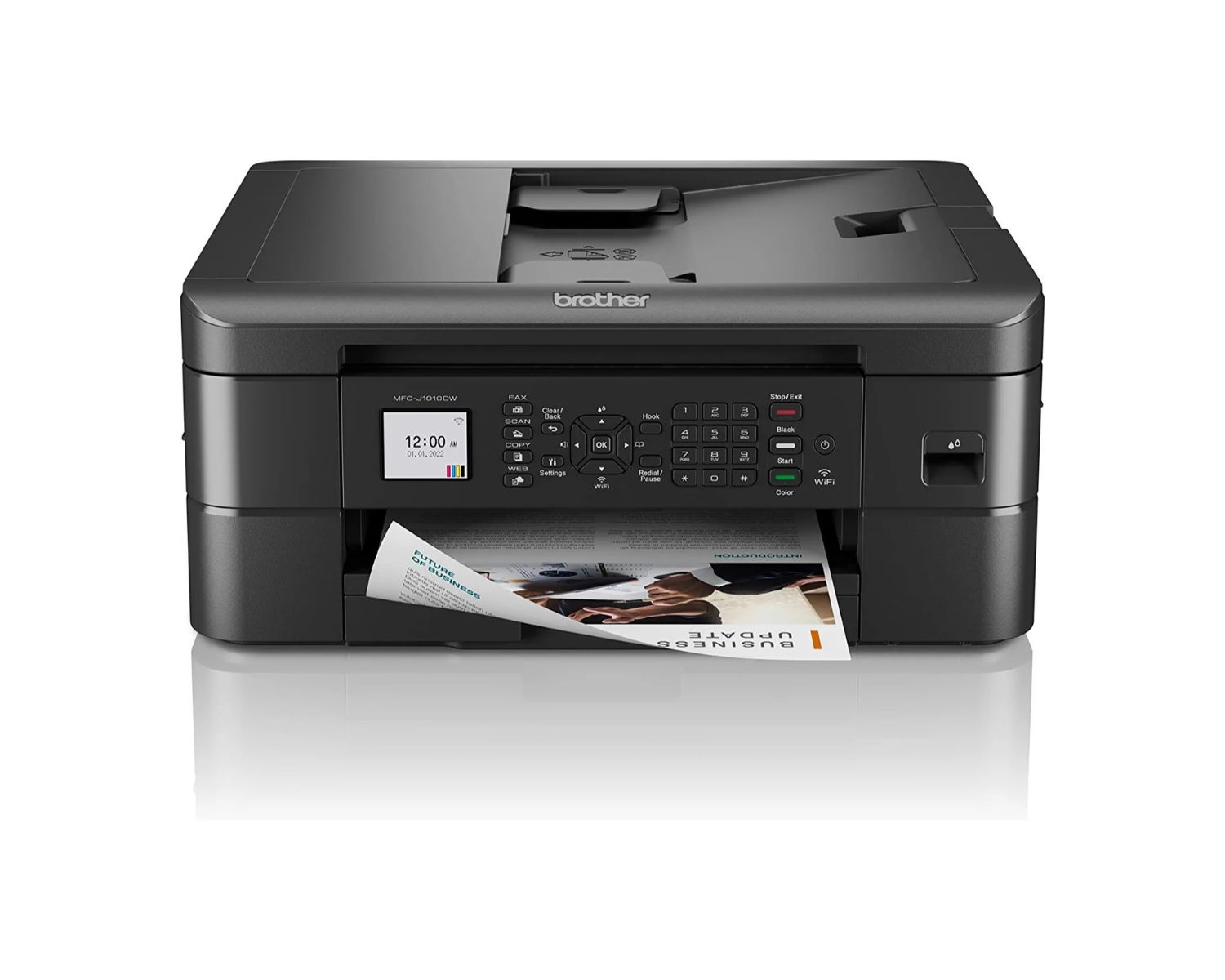
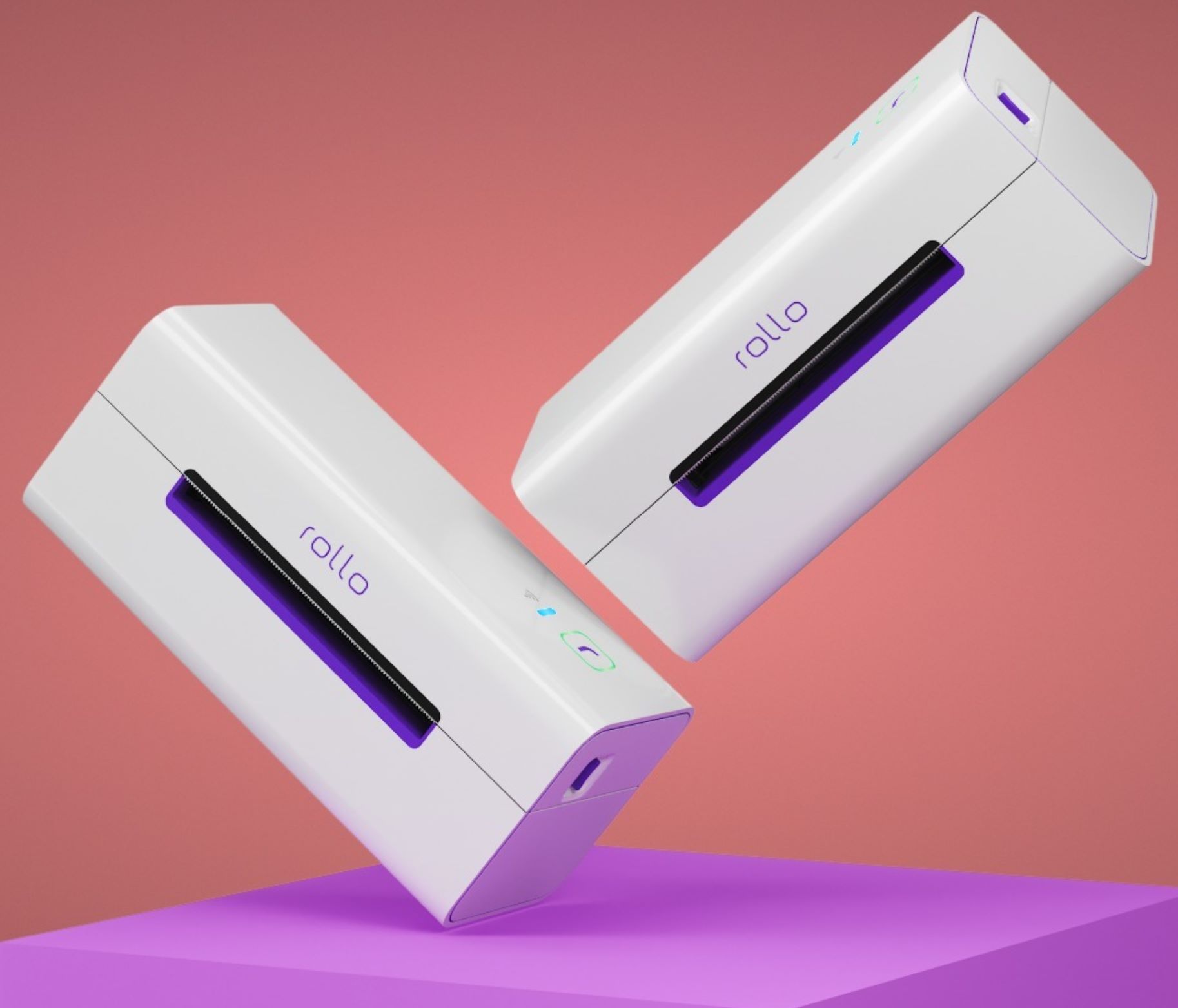
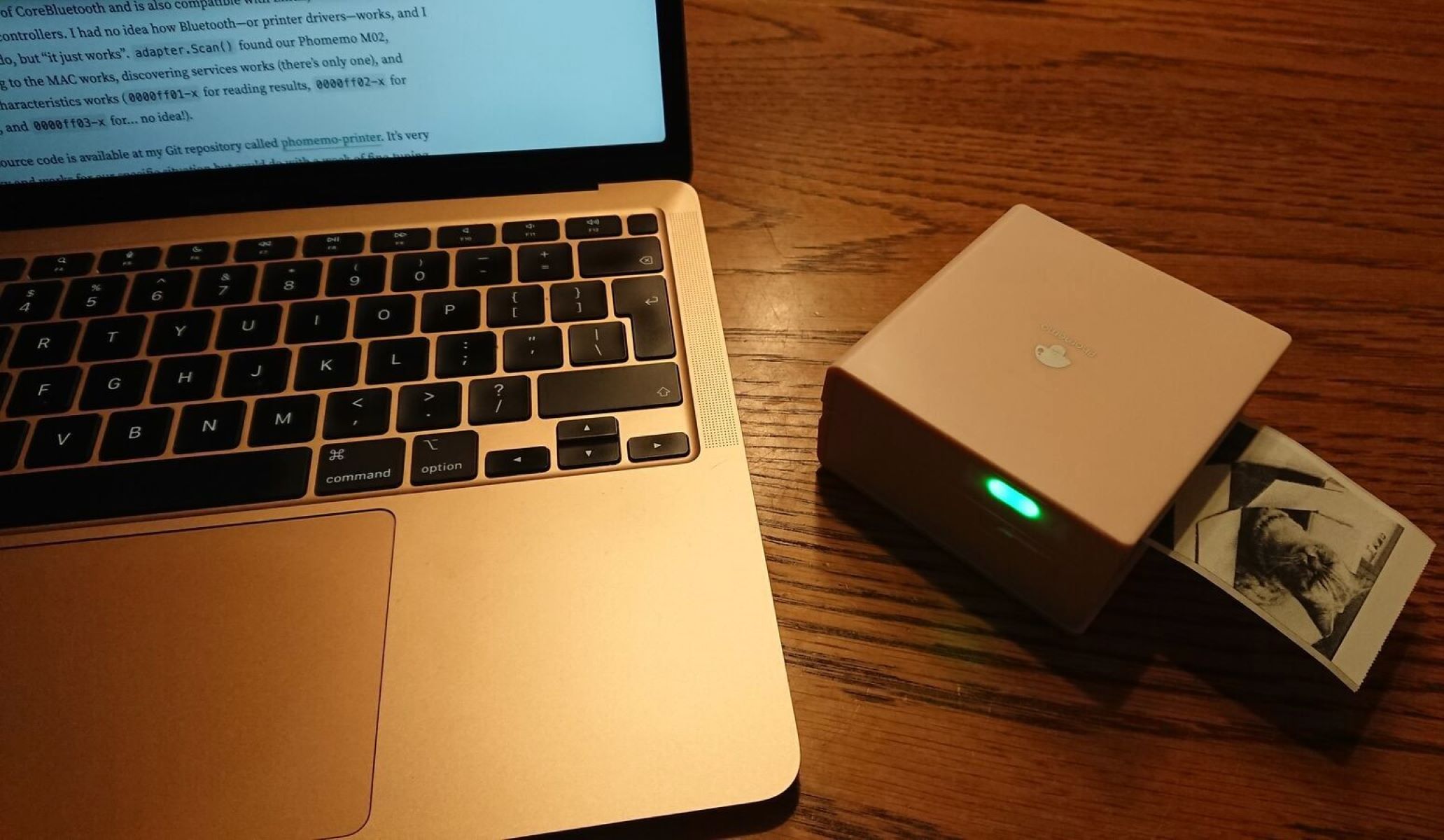
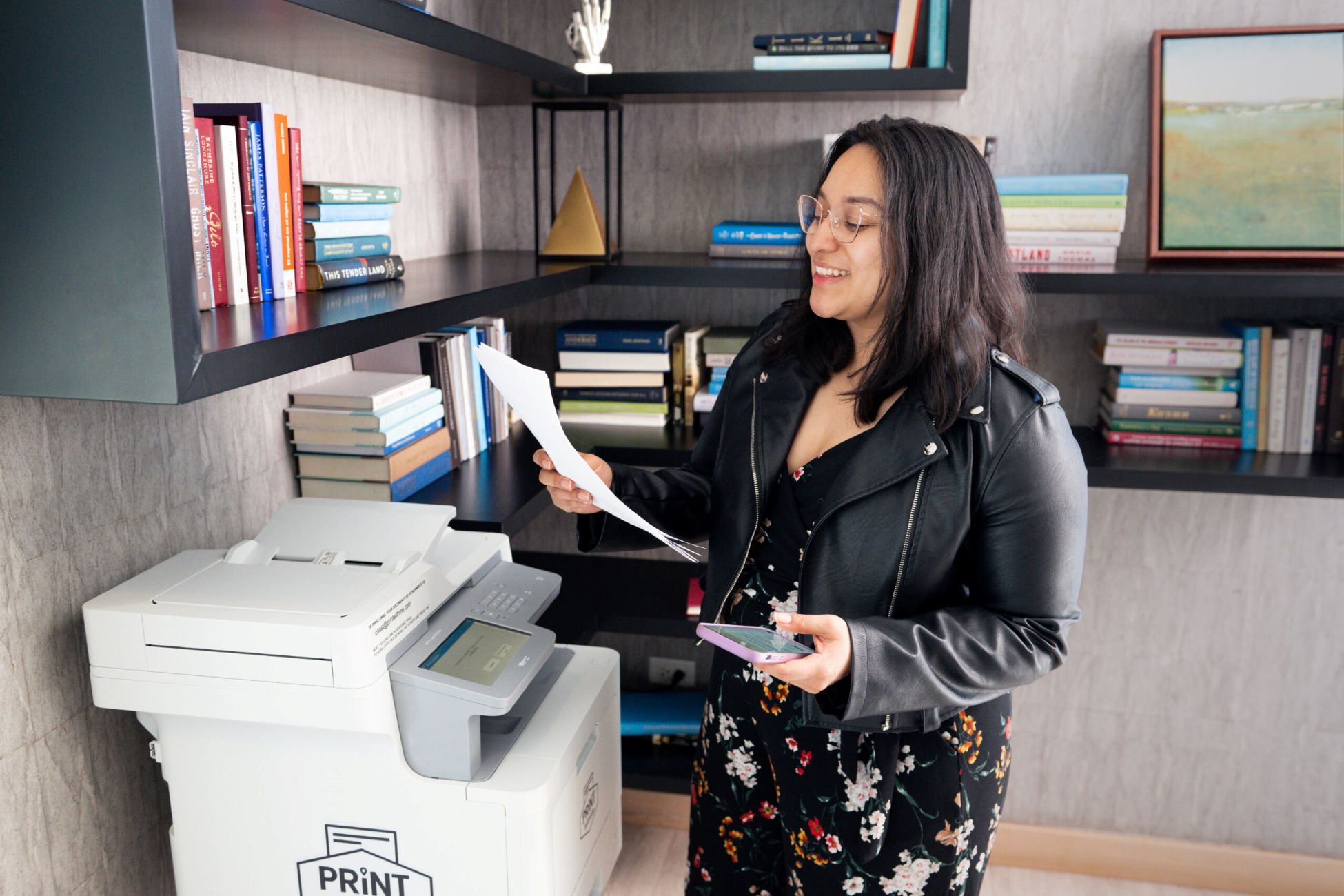
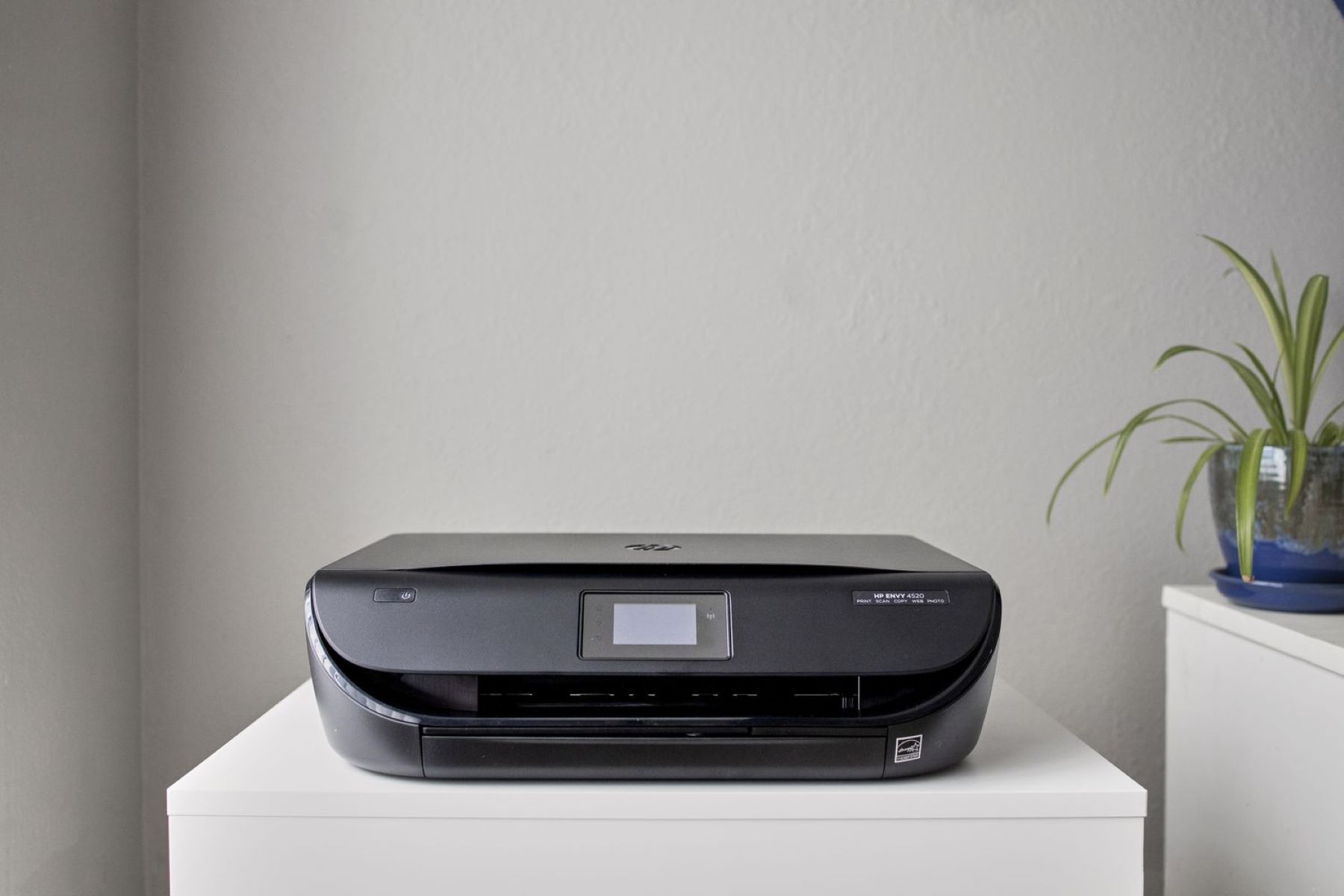
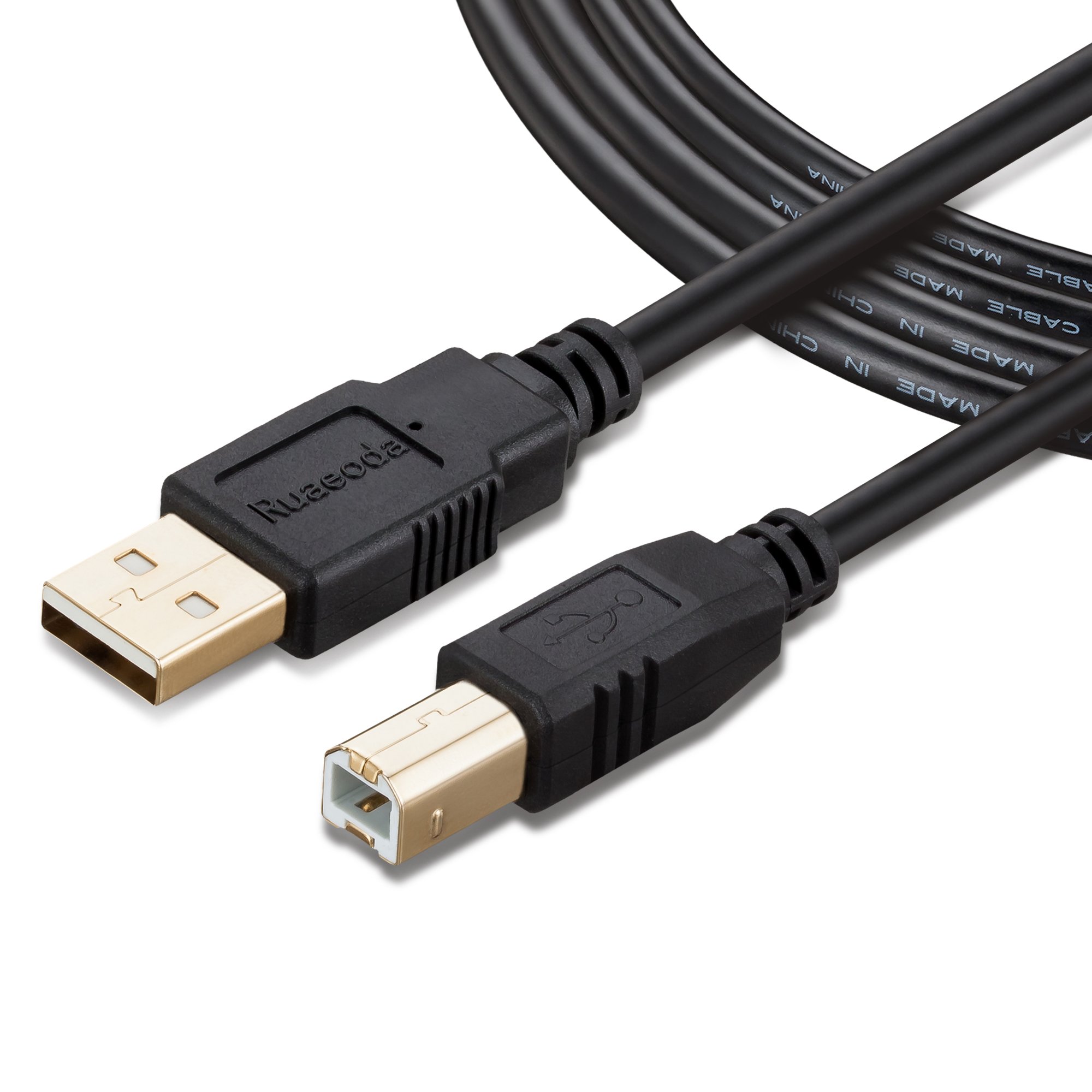
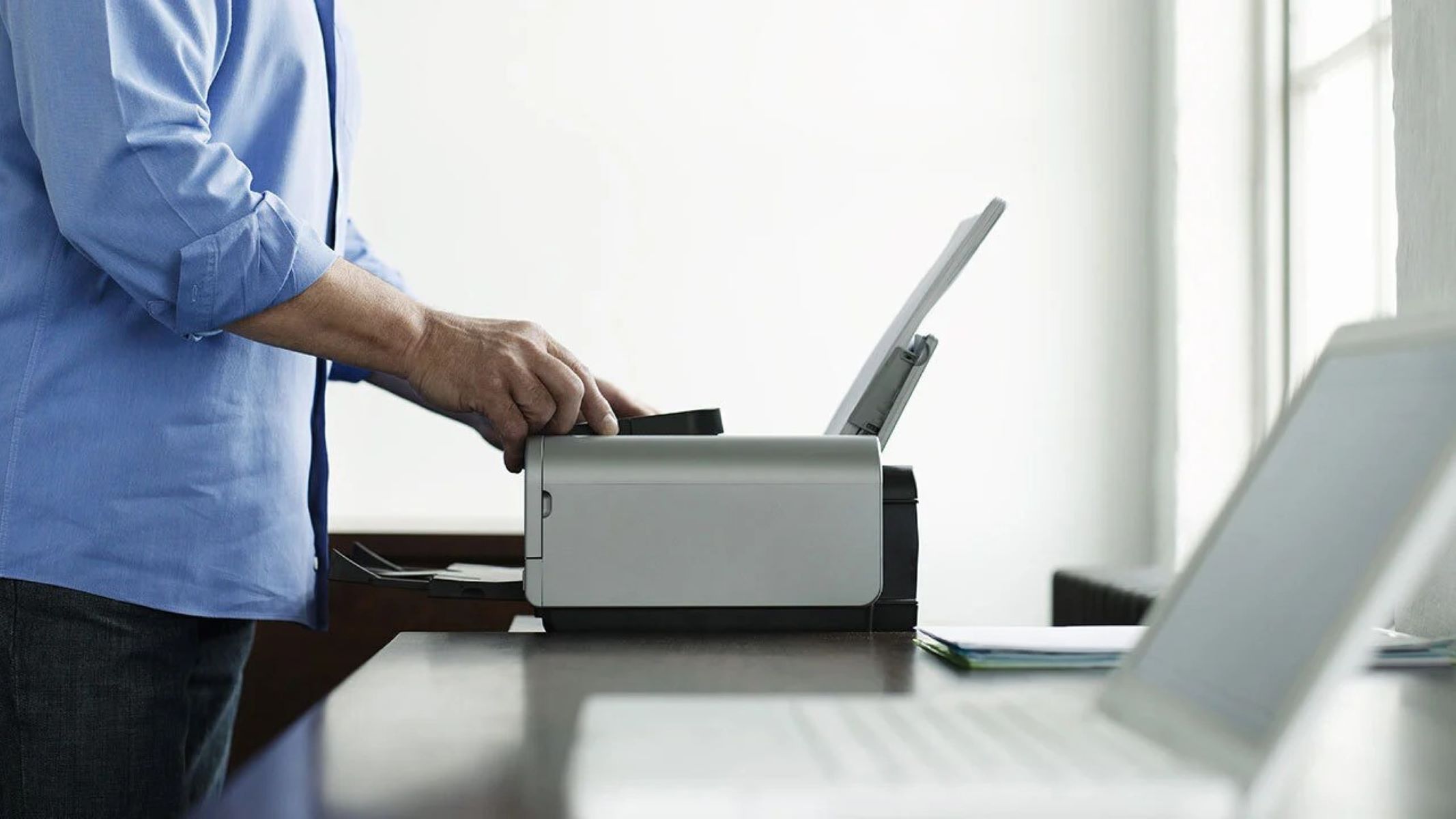
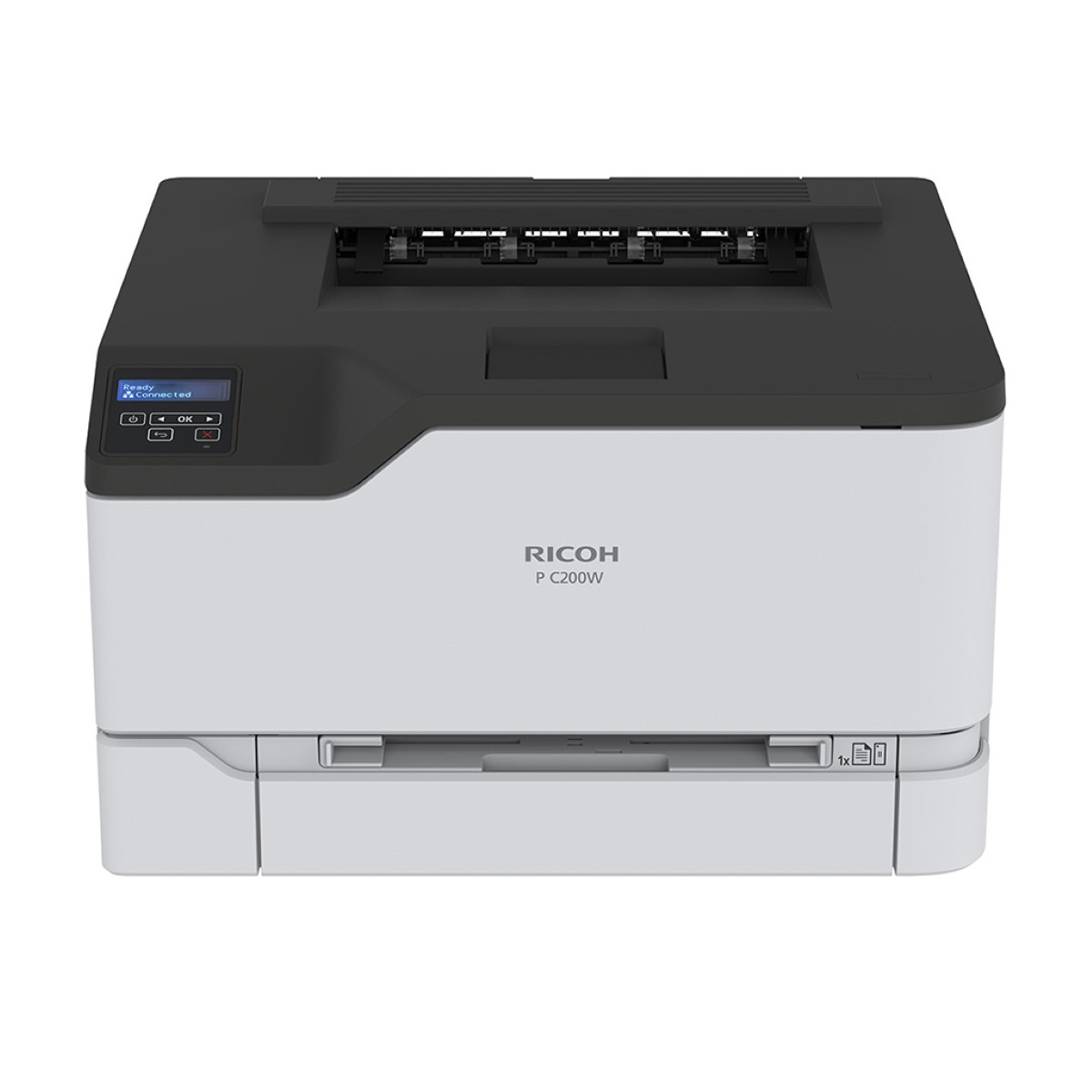
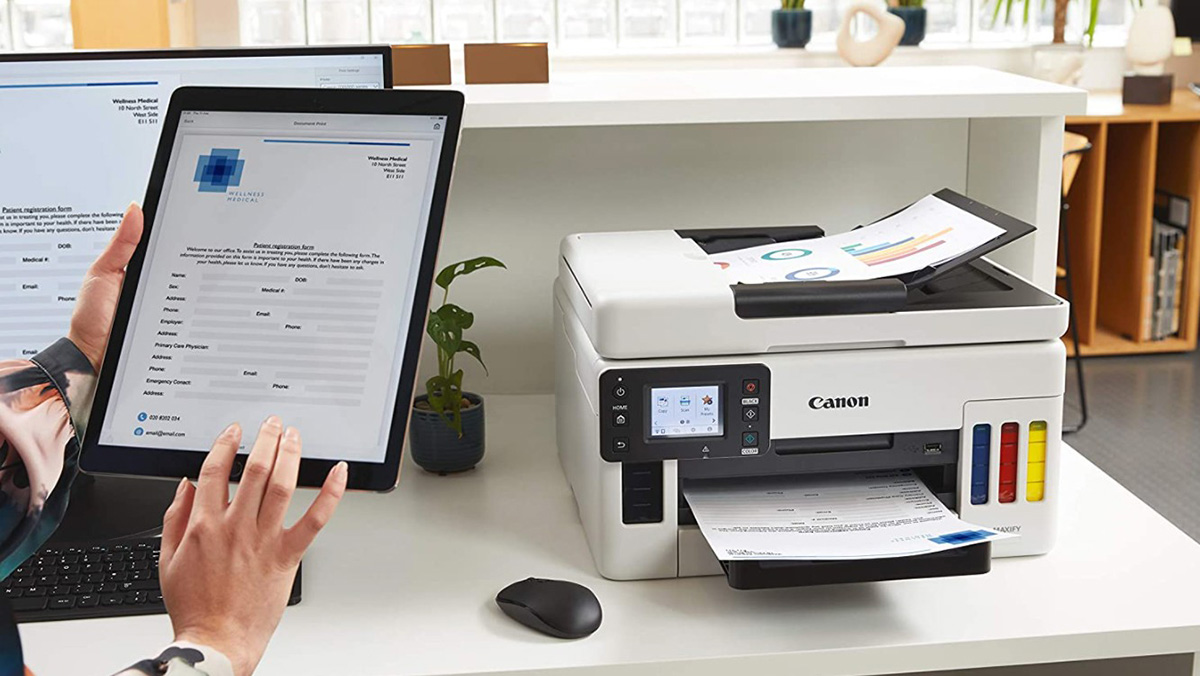

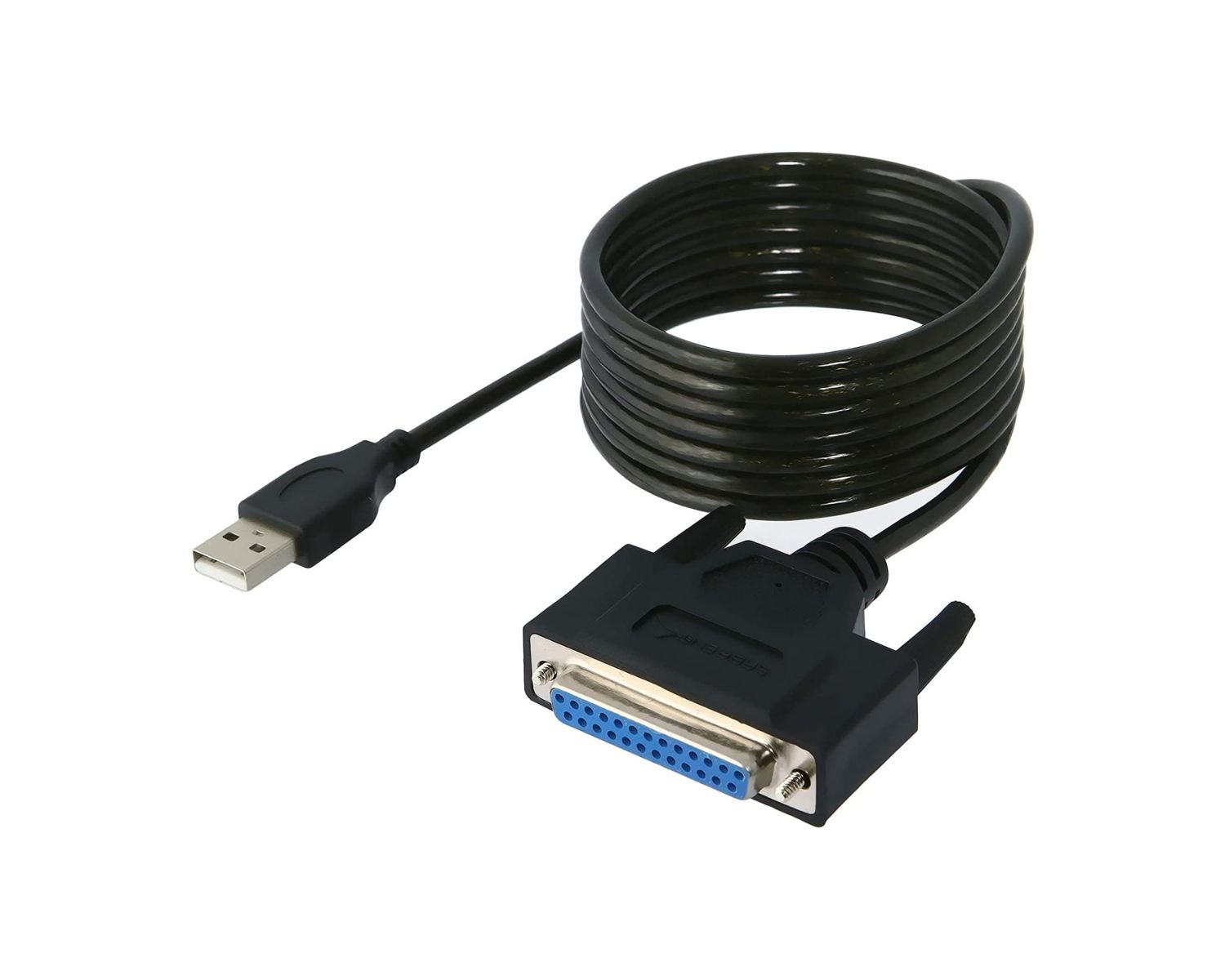

0 thoughts on “How To Make USB Printer Wireless”